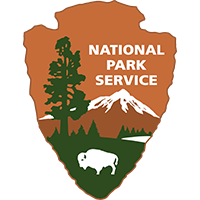Convolutional Neural Networks for Detecting Abandoned Oil and Gas Wells
Abandoned gas and oil wells are commonly a source of greenhouse gas (GHG) emissions and can leak hydrocarbon-related fluids such as oil or brine, particularly when unplugged wells go undetected over long periods. Older wells are challenging to discover when vegetation has overgrown abandoned sites. As in other parts of the country, FWS National Wildlife Refuges (NWR) in Oklahoma and Texas contain a large number of abandoned wells from historical oil and gas development.







